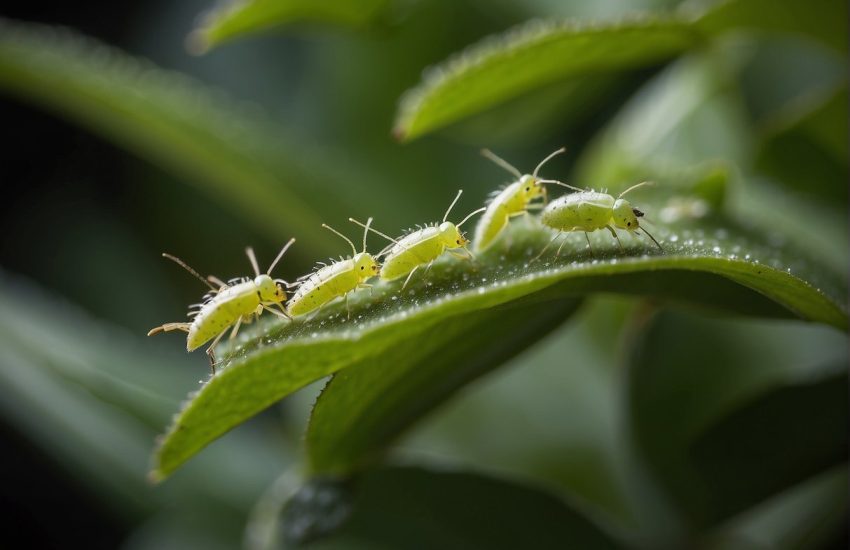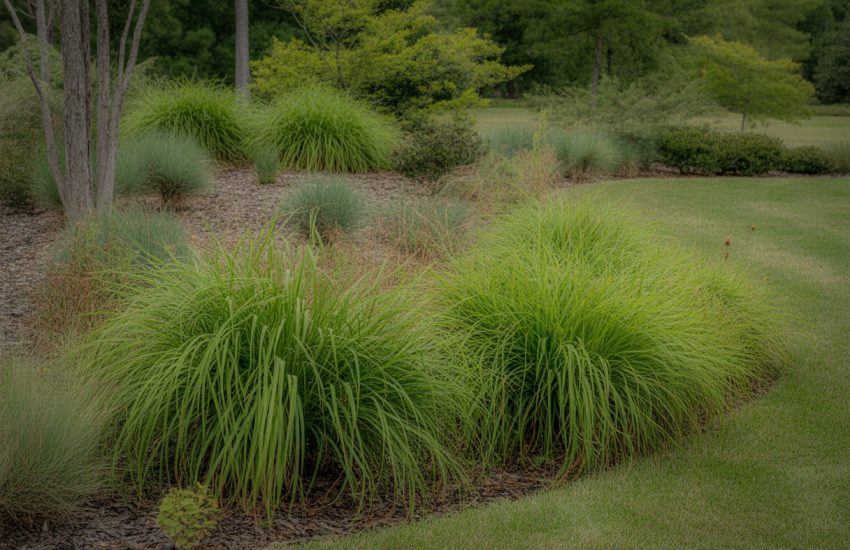Is Rose of Sharon a Hibiscus? Exploring the Relationship Between These Two Flowers
Rose of Sharon is a beautiful flowering shrub that is commonly found in gardens and landscapes across the United States. However, there is often confusion about whether or not it is a hibiscus. While the two plants share many similarities, there are also some key differences that set them apart.

First and foremost, it is important to note that Rose of Sharon (Hibiscus syriacus) is indeed a type of hibiscus. However, it is not the same as the tropical hibiscus (Hibiscus rosa-sinensis) that is commonly grown in warmer climates. Rose of Sharon is a hardy, deciduous shrub that is able to withstand colder temperatures and harsher growing conditions than its tropical counterpart.
Despite its hardiness, Rose of Sharon is still prized for its beautiful flowers, which bloom in a wide range of colors and can add a splash of color to any garden or landscape. Whether you are a seasoned gardener or just starting out, understanding the differences between Rose of Sharon and other types of hibiscus can help you make informed decisions about which plants to include in your outdoor spaces.
Botanical Profile and Identification
Physical Characteristics
Rose of Sharon (Hibiscus syriacus) is a deciduous flowering shrub that belongs to the mallow family (Malvaceae). It is native to Asia and is widely cultivated in gardens and landscapes for its showy flowers. The shrub can grow up to 12 feet tall and 10 feet wide, with a rounded or vase-shaped habit. The leaves are green, glossy, and lobed, and can be up to 4 inches long. The flowers are large, funnel-shaped, and come in a range of colors, including pink, white, red, purple, and blue. They are borne singly or in clusters at the tips of the branches and bloom from midsummer to fall.
Varieties and Colors
There are many varieties of Rose of Sharon, each with its unique flower color and form. Some of the popular cultivars include ‘Blue Bird’ (blue flowers), ‘Diana’ (white flowers), ‘Red Heart’ (pink flowers with a red center), and ‘Woodbridge’ (double pink flowers). The flowers can be single or double, with some cultivars having a ruffled or frilly appearance. The shrub can also have variegated foliage, with leaves that are green and white or green and yellow.
Overall, Rose of Sharon is a beautiful and versatile shrub that can add color and interest to any garden. Its showy flowers and attractive foliage make it a popular choice among gardeners, and its easy-to-grow nature makes it a low-maintenance option for those looking for a hassle-free plant.
Cultivation and Care

Planting and Growing Conditions
Rose of Sharon is a hardy hibiscus that is easy to grow and maintain. It can be grown in a variety of soil types, but prefers well-drained soil that is rich in organic matter. It can tolerate drought conditions, but it is important to keep the soil moist during the growing season.
Rose of Sharon prefers full sun, but can also tolerate some shade. It can be grown in containers, but it is important to choose a large container that allows room for growth. When planting, it is recommended to add a layer of mulch around the base of the plant to help retain moisture and control weeds.
Pruning and Maintenance
Rose of Sharon requires minimal maintenance, but pruning is recommended to promote healthy growth and shape the plant. Pruning should be done in late winter or early spring before new growth appears. Remove any dead or damaged branches and cut back any overgrown branches to maintain the desired shape.
Pests and Diseases
Rose of Sharon is generally resistant to pests and diseases, but it can be susceptible to Japanese beetle infestations. To control Japanese beetles, it is recommended to handpick them from the plant or use an insecticide. In addition, it is important to monitor the plant for any signs of disease, such as yellowing leaves or black spots, and treat accordingly with a fungicide.
Overall, rose of Sharon is a low-maintenance plant that can add beauty to any garden or landscape. With proper care and attention, it can thrive in a variety of growing conditions and provide years of enjoyment.


